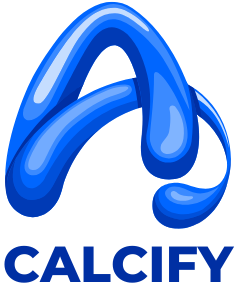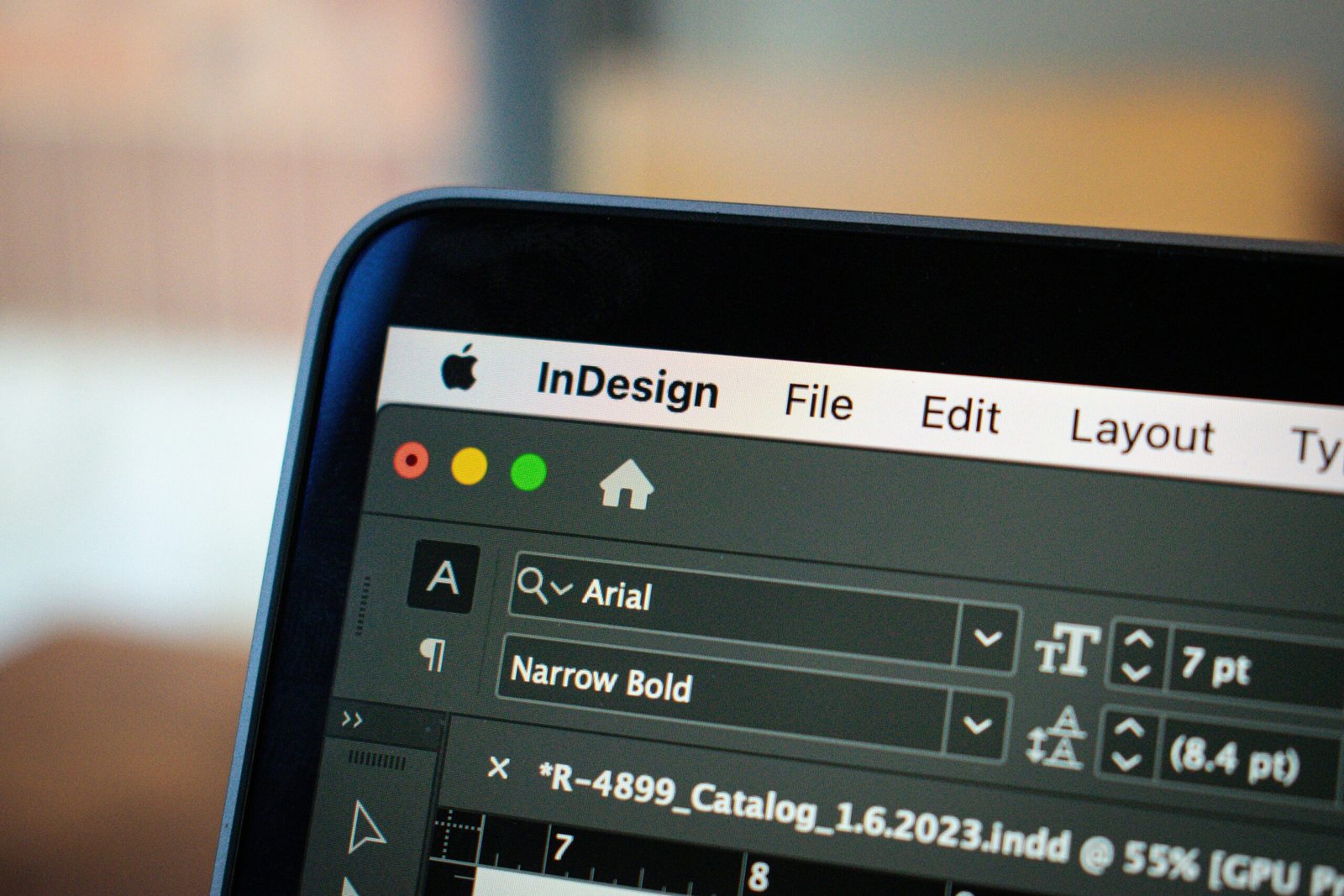Introduction to Creative Tools
In the fast-paced world of creative professionals, the importance of equipping oneself with the right tools cannot be overstated. These tools are not merely accessories; they are fundamental components that significantly enhance productivity, foster creativity, and streamline workflow. A well-curated toolkit allows creatives to focus on their core tasks while minimizing distractions and inefficient processes.
The landscape of creative work is continually evolving, and as such, the tools available to professionals must adapt accordingly. Whether one is engaged in graphic design, content creation, or project management, the right tools can catalyze innovation and increase overall work efficiency. They play a critical role in transforming initial concepts into tangible results, helping professionals to execute their visions seamlessly.
Moreover, employing a diverse array of tools can cover various aspects of creative work. Collaborative tools facilitate communication among teams, ensuring that everyone is on the same page and can contribute effectively. Design applications enable artists and designers to bring their ideas to life, while project management software helps in organizing tasks and deadlines, ultimately fostering a more structured approach to creativity.
As we delve deeper into this discussion, it will become evident that these essential tools serve not only as means to an end but as active participants in the creative process. The upcoming sections will provide detailed insights into five specific tools that cater to different facets of creative work. By understanding their functionalities and applications, professionals can make informed decisions about how to enhance their own creative endeavors through effective tool selection.
Graphic Design Software
Graphic design software serves as a pivotal tool for creative professionals, enabling them to manifest their ideas and concepts into visually appealing content. In today’s digital landscape, the demand for high-quality graphics is omnipresent, which is where software like Adobe Creative Cloud and Canva comes into play. Adobe Creative Cloud, renowned for its comprehensive suite of applications such as Photoshop, Illustrator, and InDesign, caters to a range of graphic design needs. These applications provide powerful features that facilitate intricate image manipulation, vector graphics creation, and layout design, making them indispensable for professional graphic designers, advertisers, and marketers alike.
On the other hand, Canva has gained traction among content creators for its user-friendly interface and accessibility, particularly for those who may not possess advanced design skills. With a wide array of templates, stock images, and design elements, Canva empowers users to create stunning graphics swiftly and efficiently. This ease of use broadens the scope of who can engage in graphic design, allowing non-designers to produce visually appealing content with minimal learning overhead.
While these tools are widely celebrated, they do come with a learning curve. Mastering Adobe Creative Cloud requires dedication and time, as its robust capabilities offer both depth and complexity. Conversely, Canva presents a gentler slope of learning, making it ideal for quick projects and amateur designers. Ultimately, the choice of graphic design software depends on the individual’s needs and expertise level—whether one seeks the depth of Adobe’s ecosystem or the simplicity of Canva, both tools play a crucial role in shaping visual communication in various creative sectors. The impact of these graphic design tools extends beyond aesthetics; they are essential for effective branding, marketing campaigns, and creative expression in a visually driven world.
Tool 2: Project Management Apps
In the ever-evolving landscape of creative work, project management apps have become indispensable tools for professionals aiming to streamline their processes. These applications provide a centralized platform for organizing tasks, managing deadlines, and enhancing collaboration among team members. Tools such as Trello, Asana, and Monday.com are among the most popular options available, each offering unique features tailored to various project needs.
Trello utilizes a card-based system that allows users to visualize project tasks through boards, lists, and cards. This approach fosters a sense of clarity and flexibility, enabling creative professionals to prioritize projects efficiently. Asana, on the other hand, offers a more detailed task management system that includes features like subtasks, due dates, and progress tracking, which is crucial for teams handling complex projects with multiple components.
Meanwhile, Monday.com provides broader customization options, allowing users to create workflows that align closely with their specific creative processes. The app’s ability to support integrations with various other software enhances its functionality, making it suitable for teams that utilize multiple tools in their daily operations.
Implementing a project management app can significantly improve the quality of creative work by ensuring that deadlines are met and resources are allocated effectively. These applications foster better communication among team members, minimizing the risk of miscommunication that can derail creative projects. When selecting a project management tool, it is imperative to consider individual workflows and the unique demands of the projects being managed. A well-chosen application can facilitate a more organized, productive working environment conducive to creativity.
Tool 3: Digital Collaboration Platforms
In today’s rapidly evolving work environment, especially with the increasing prevalence of remote work, digital collaboration platforms have emerged as indispensable tools for creative professionals. Platforms such as Slack and Zoom facilitate communication and collaboration among teams, allowing for effective brainstorming sessions, streamlined feedback loops, and enhanced team cohesion. These tools offer a variety of features that cater to the nuanced needs of creative work, making them crucial in the modern professional toolkit.
For instance, Slack serves as a centralized communication hub where team members can interact in real-time through channels and direct messaging, ensuring that all discussions pertaining to a project remain easily accessible. This kind of organized communication supports creative brainstorming, allowing ideas to flow more freely and be documented in a manner that can be revisited and refined. Similarly, Zoom provides the necessary infrastructure for face-to-face meetings through video conferencing. Such visual communication fosters a greater sense of connection among team members, especially when working remotely. Regular video check-ins can also enhance accountability and ensure everyone is aligned with project objectives.
Moreover, the effectiveness of these digital collaboration platforms can be significantly amplified through their integration with creative tools. For instance, using project management software alongside these communication platforms can present a consolidated view of tasks, deadlines, and deliverables. By linking these platforms with design tools, content management systems, or development environments, workflows can become more seamless. Prioritizing best practices, such as establishing clear communication protocols and utilizing shared calendars, can further enhance the productivity of teams using these platforms, ensuring that creative projects proceed without unnecessary hurdles.
Tool 4: Stock Asset Resources
In today’s fast-paced creative industry, stock asset resources such as Shutterstock and Unsplash have become indispensable tools for professionals. Accessing a rich library of images, graphics, and videos allows creative individuals to enhance their projects efficiently, without the extensive time commitment required for original content creation. These platforms provide a diverse array of high-quality assets suitable for various applications, from marketing materials to website design.
One of the primary benefits of utilizing stock asset resources is the convenience of finding visually appealing content that aligns with specific project needs. Designers, marketers, and content creators can browse through an extensive catalog, filtering by themes, styles, and formats. This capability enables the swift identification of assets that resonate with their creative vision and brand identity, facilitating a more streamlined workflow.
However, while stock assets greatly simplify the creative process, it is essential to understand licensing considerations. Different platforms offer various licensing options, which may impact how the assets can be used. For instance, some images may only be available for personal use, while others can be applied commercially. Therefore, it is crucial to review the licensing agreements before incorporating any stock assets into projects to avoid potential infringement issues.
Choosing the right assets is also paramount. Creative professionals must ensure that the visuals they select are not only aesthetically pleasing but also relevant to the message they wish to convey. Assessing how well a particular asset aligns with the intended narrative or branding strategy will ensure that the final product effectively communicates its purpose. In summary, stock asset resources are invaluable tools for creative professionals, offering both convenience and flexibility as long as licensing and alignment with artistic vision are carefully considered.
Feedback and Review Tools
In the realm of creative work, feedback and review tools have emerged as pivotal components that bridge the gap between creative teams and their clients. Tools such as Frame.io and InVision allow creatives to present their work in a centralized platform, which significantly enhances the review process. The integration of these tools into the creative workflow ensures that feedback is collected efficiently, fostering collaboration and prompt communication.
One of the core benefits of using feedback and review tools is the ability to offer precise comments directly on the creative assets. This functionality minimizes ambiguity and promotes clarity. For example, rather than exchanging lengthy email chains or relying on in-person meetings, team members and clients can annotate specific points on a video or design layout. This method not only saves time but also ensures that everyone shares a common understanding of the necessary revisions.
Effective integration of these tools can be achieved by establishing clear protocols for their use. Creative teams should encourage regular check-ins throughout the project timeline, utilizing the feedback features for ongoing discussions. Setting defined deadlines for reviews allows for structured feedback cycles, which can lead to enhanced productivity. Additionally, teams should rely on visual aids and screen-sharing capabilities provided by these platforms to facilitate more engaging review meetings. This strategy ensures that all voices are heard and contributes to a more democratic creative process.
Moreover, fostering a culture that values open dialogue and constructive criticism is essential in making the most of feedback and review tools. By creating an environment where clients feel comfortable sharing their thoughts, and team members are encouraged to voice their perspectives, the revision process becomes more transparent and collaborative. Implementing these tools effectively can not only improve the quality of work produced but also strengthen the working relationships among all parties involved, ultimately leading to superior project outcomes.

